ESA-NASA solar orbiter hit by terrifying coronal mass ejection near Venus
The ESA-NASA solar orbiter has survived an enormous coronal mass ejection from the Sun that was flung out in the early hours of Sunday, September 4. Here is all you need to know.
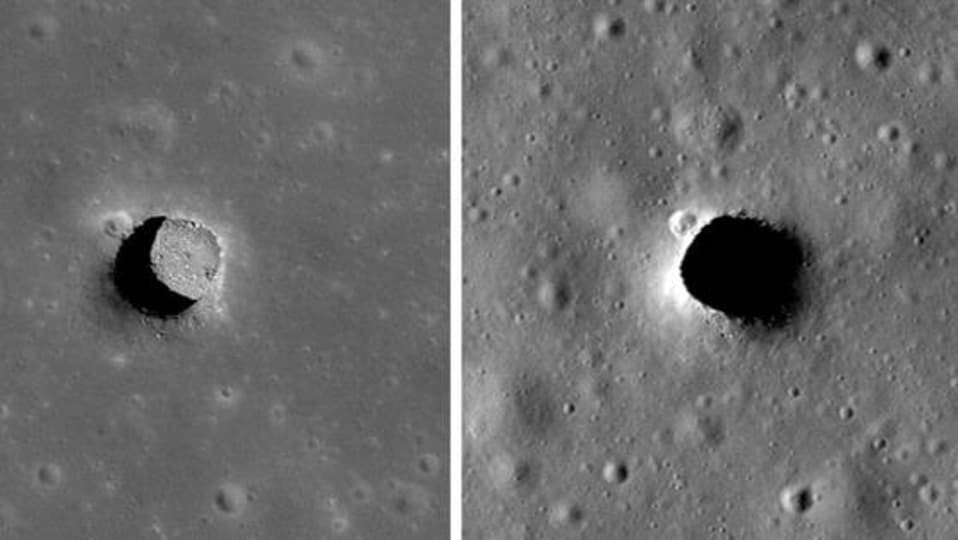
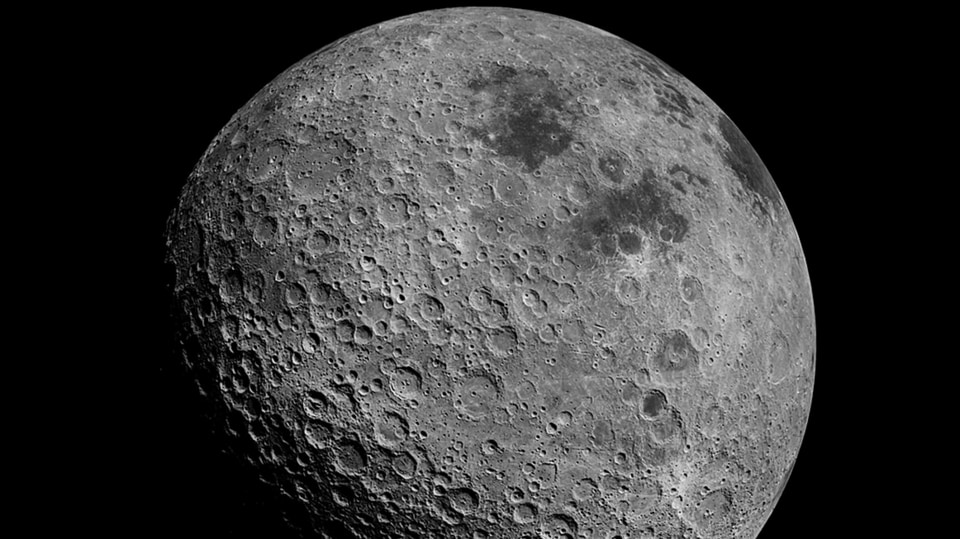
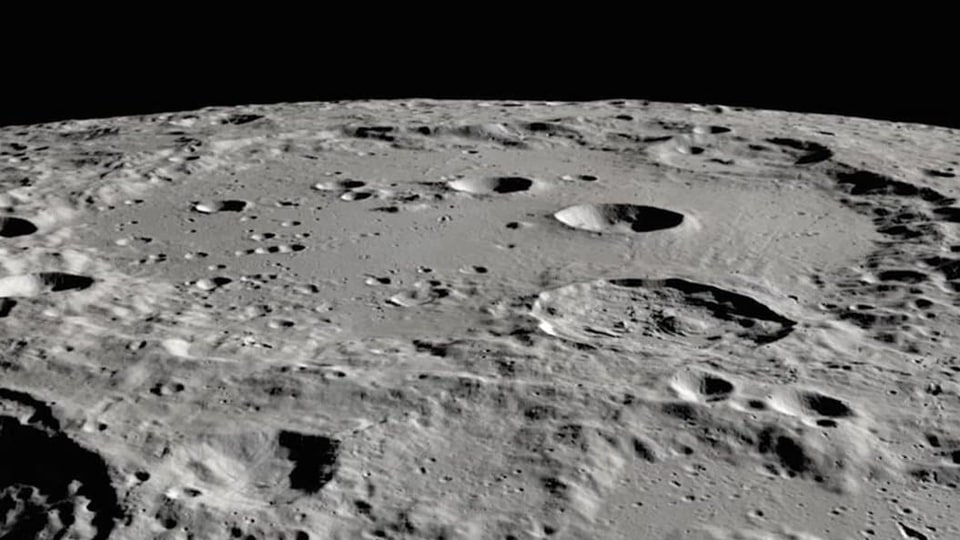
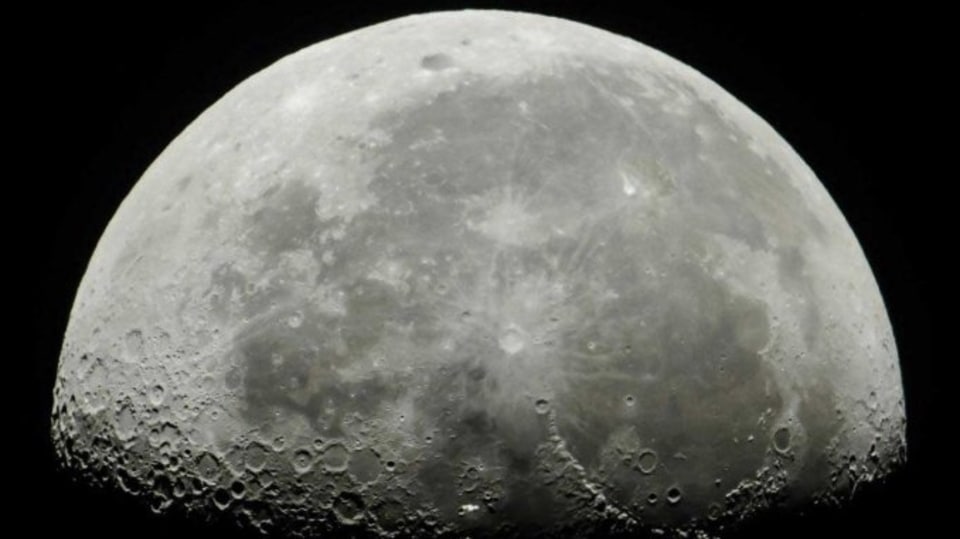
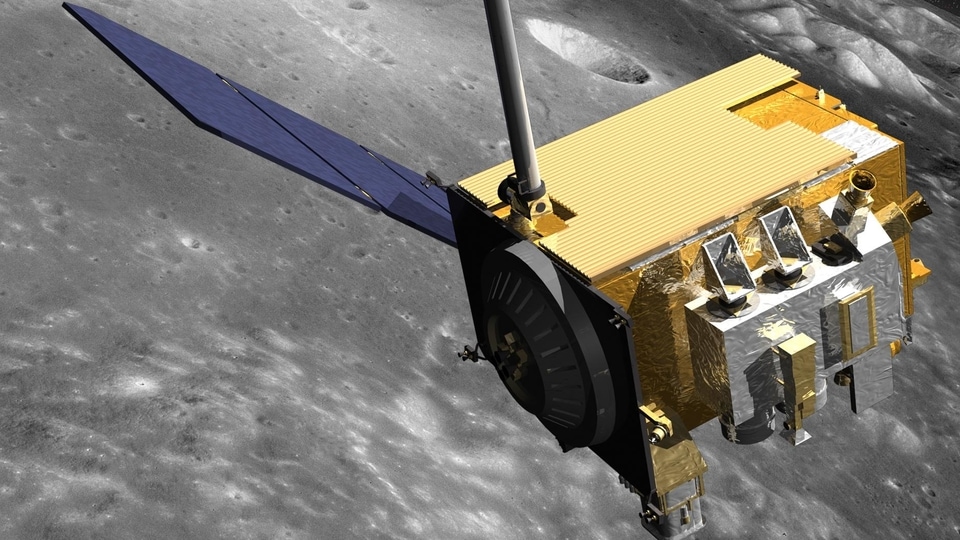

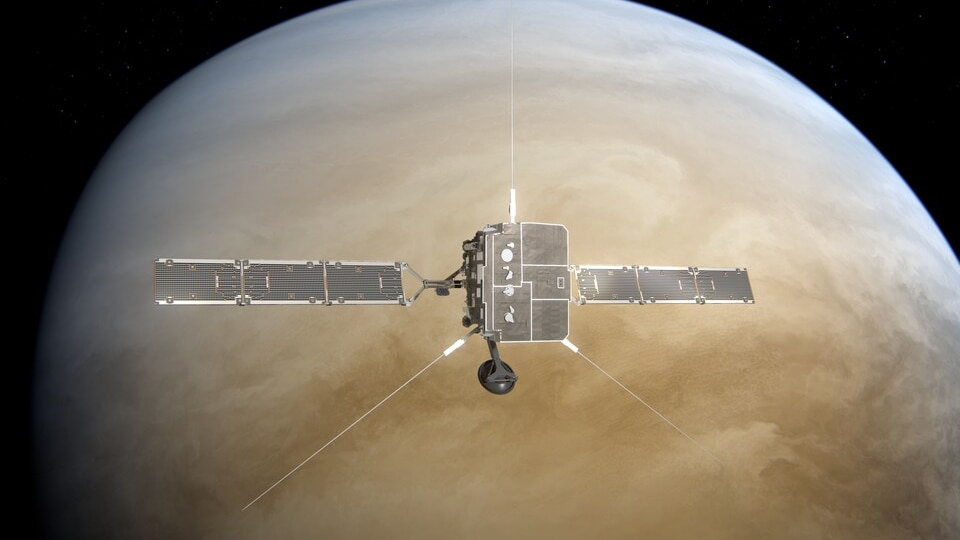
 View all Images
View all ImagesThe ESA-NASA Solar Orbiter has just survived a terrifying coronal mass ejection out there in space when it flew by Venus for a gravity-assist manoeuvre that alters the spacecraft's orbit, getting it even closer to the Sun. Informing about the same the European Space Agency (ESA) said in a report, "In the early hours of Sunday, 4 September, Solar Orbiter flew by Venus for a gravity-assist manoeuvre that alters the spacecraft's orbit, getting it even closer to the Sun. As if trying to get the orbiter's attention as it cosied up to another body in the Solar System, the Sun flung an enormous coronal mass ejection (CME) straight at the spacecraft and planet just two days before the closest approach – and the data are revealing."
According to the report, a large coronal mass ejection was shot from the Sun in the direction of Venus on August 30, which also reached the second planet (Venus) from the Sun. "As the data continues to come in from Solar Orbiter, this strike reveals why ‘in situ' monitoring of space weather and its effects on the bodies, and spacecraft, of the Solar System are so important," it added.
It can be noted that there were no negative effects on the spacecraft as the ESA-NASA solar observatory is designed to withstand and in fact measure violent outbursts from our star – although Venus does not always get off so lightly.
About the Solar Orbiter
According to the information provided by ESA, Solar Orbiter is a quarter of the way through its decade-long mission to observe the Sun up close and get a look at its mysterious poles. Its orbit was chosen to be in close resonance with Venus, meaning it returns to the planet's vicinity every few orbits to use its gravity to alter or tilt its orbit.
"This third flyby of Venus took place on Sunday at 01:26 UTC, when the Solar Orbiter passed 12 500 km from the planet's centre, which is very roughly 6 000 km from its gassy ‘surface'. In other words, it passed a distance half the width of Earth. Its distance from Venus, angle of approach and velocity were meticulously planned to get the exact desired effect from the planet's large gravitational pull – getting it closer to the Sun than ever before," it said.
About coronal mass ejections (CME)
The Sun shoots out such eruptions on a regular basis, but do you know what a CME is? According to NASA, the outer solar atmosphere, the corona, is structured by strong magnetic fields. When these fields are closed, often above sunspot groups, the confined solar atmosphere can suddenly and violently release bubbles of gas and magnetic fields called coronal mass ejections.
A large CME can contain a billion tons of matter that can be accelerated to several million miles per hour in a spectacular explosion. Solar material streams out through the interplanetary medium, impacting any planet or spacecraft in its path. CMEs are sometimes associated with flares but can occur independently.
Catch all the Latest Tech News, Mobile News, Laptop News, Gaming news, Wearables News , How To News, also keep up with us on Whatsapp channel,Twitter, Facebook, Google News, and Instagram. For our latest videos, subscribe to our YouTube channel.































